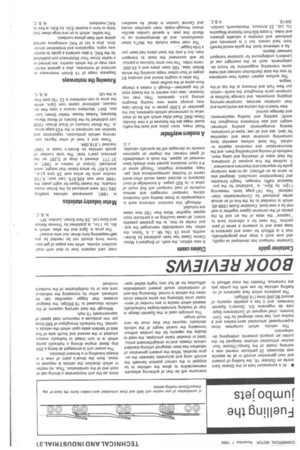Fuelling the jumbo jets
Page 33

If you've noticed an error in this article please click here to report it so we can fix it.
• At a symposium held at the Gloster Saro works on October 16, the fuelling of present and next generation aircraft in all its aspects was discussed. Of particular interest was a working model of the Sanqui /Gloster foursection articulated refueller designed for the jumbo jet projects presently undergoing development.
The vehicle, which comprises three superimposed articulated semi-trailers and a motive unit, has been designed by Snr. Cornbroiler°, chief engineer of Combronero Espanola de lngenieria SA, Gloster's Spanish licensees, and it has a possible capacity of around 90,000 litres (19,950gal).
The problems which face operators of refuelling vehicles for use with the jumbo jets are numerous. Possibly the most difficult to overcome will be that of achieving adequate manoevrability to allow the vehicles to be stopped in the correct position beneath the aircraft wing and accurately between the engine nacelles. While the present generation of refuellers has been designed utilizing standard vehicle chassis and /or straightforward articulated or drawbar trailer principles, the need to double the capacity for the jumbos without increasing the overall height of the vehicle obviously requires that they must be very much longer.
The principle used in this Spanish design is that of tracking turntable-bogies hydraulically steered which results in any number of semitrailer units following the same scribed circle when the vehicle is turned. Reversing this sort of combination would present considerable difficulties for all but very highly skilled oper
ators, so the unit incorporates a driving cab at each end of the combination. Thus, no matte in which direction the vehicle is required to move, from the driver's point of view it is always travelling in a forward direction.
The power unit is envisaged as being a 265 bhp diesel engine driving a hydraulic pump which is in turn linked to hydraulic motors situated in the second and fourth sets of five sets of tandem axles upon which the vehicle is carried. The hydraulic throughput of 540 litres per min produces a maximum road speed of approximately 15 mph, Although the load carrying capacity of the vehicle discussed is 19,950gal, the designer stresses that bigger capacities can be achieved, either by increasing the individual tank size or by multiplication of the numbers involved.




































































































